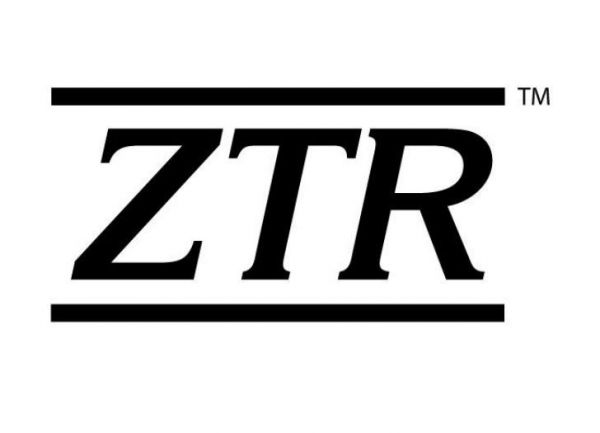Example of an Internship experience
Esther is a computer science student interested in working for a start-up. During her third year, she started an internship at a company she’d heard about during a recruitment fair. After spending 12 months as a paid intern on their development team, she was offered a full-time job after she graduated.
Benefits to Employers
- Having a student for a longer period of time allows employers to teach them skills - and makes students more productive
- Internships that receive academic credit are of low cost to employers
- Constant employee pipeline
- Provides mentorship and supervisory responsibilities to junior staff
Are you an employer who wants to start offering internships? Contact us here.
Benefits to Students
- Longer time within an organization gives a more realistic outlook of a career in the industry
- When paid, 12-16 months of paid experiences allows for a high level of financial security
- Build strong employer connections and a deep understanding of workplace culture.
FAQs
We recommended reaching out to a campus career centre, co-op office or equivalent before hiring a student. These centres have significant resources to make the process easier, including:
- Frameworks for how to assess your students,
- Information on grants and wage subsidy programs your business may be eligible for,
- Hiring and onboarding material designed for students,
- Tips for building a WIL program that works best for your organization.
Building a stronger relationship with colleges and universities can have long-term benefits for companies. You can give feedback on the strengths (and areas of improvement) for different programs to make sure that students have the right skills for a changing work environment. We do recognize, however, that sometimes the hiring timelines for employers and for schools don’t match up. When this is the case, we hope that the materials we’ve developed can help fill in these gaps so that both your organization and students can have a meaningful work experience.
Co-op and internship recruitment cycles typically begin 4-8 months before a placement starts, which is when students are thinking about their next term and must sort out where to live if they need to move cities. For example, if an employer wants a student to begin working in May, they should begin advertising the position in February at the latest - especially for employers that don’t live in areas with university or college campuses. Some schools have highly structured recruitment processes for their WIL programs, so be sure to confirm with a school if you intend to hire from a particular program.
With some schools calling their programs “co-ops” and others calling their programs “internships”, spotting the difference can be hard..
Generally, the major difference between most co-op and internships programs is that co-ops usually consist of alternating academic programs and paid work terms. Throughout the course of their time in school, a student might take three or more co-op placements at different companies or organizations, with the expectations for the student rising at each subsequent placement.
Internships are usually a “one-and-done” model, with a student doing one internship during their time in school. An internship might last 12 to 16 months, during which they become more comfortable with the work and take on more responsibilities.
That being said, there are a few co-op programs that function more like internships: students take multiple work terms back-to-back with the same organization. In Canada, a not-for-profit organization, Co-operative Education and Work-Integrated Learning Canada (CEWIL) accredits co-op programs that meet their criteria.
Certain types of WIL are sometimes called “micro-WIL.” This generally refers to forms of work-integrated learning, such as applied research projects and field studies programs, that are less than a full academic semester (e.g. are shorter than about four months.) These short bursts of work-integrated learning still expose students to the realities and pressures of the workforce, but are less immersive than full time WIL, such as an internship, co-op or apprenticeship.
Testimonials

As a post-graduate political science student at the Munk School of Global Affairs, Andrew Aulthouse focuses on issues such as innovation, governance and diversity. As an intern at RBC, he’s investigating how those same factors impact business.
“RBC was looking for someone who could jump into a project and approach it from a fresh perspective,” Aulthouse says. “Meanwhile, I’m applying skills I’ve picked up in the classroom – research, communication, project management – to an industry I hadn’t considered before.”
Andrew Aulthouse, student at University of Toronto

“My experience as BHER’s Policy and Business Development intern has been both dynamic and engaging. My role involves supporting BHER’s operational and business development goals while working on our signature initiative – to drive a national WIL strategy. Being a part of this process has permitted my exposure to what is involved when an organization is expanding its physical and technological infrastructure. Additionally, I have developed an understanding of what a stakeholder engagement process entails for an advocacy or membership-driven organization”… “With an undergraduate background in...

“I have thoroughly enjoyed my time as the BHER Policy and Communications intern. My role involves tasks such as writing briefs, research, editing policy, social media management, press release writing, and developing the general communications strategy for BHER. In the past month, I have learned a considerable amount about the way in which an organization manages communication and messaging”… “As an undergraduate student in history and politics, I have spent four years developing my communication skills, critical thinking, and public speaking abilities. In terms of co-curricular involvement, I...

Engineering student, Cassandra Rosen from the University of Toronto describes her PEY at the Pickering Nuclear Generation Station as nothing short but invaluable. “There’s something about getting to walk through it, seeing each part in action and how they relate to each other, that’s way more powerful than reading about it in a book”, said Cassandra.
Cassandra Rosen, student at the University of Toronto

How did the process of hiring a student work for you?
There is no question, Western consistently provides us with quality candidates. As a tech company, ZTR always wants to be a step ahead in our innovation and in advancing the industries that we serve. Western uses an excellent review system that engages both our contacts at ZTR, and the student, to provide feedback to each of us at set intervals. The process is simple and streamlined so that it doesn't interrupt the student’s education nor company operations. This helps ZTR and the student have the best experience possible. Western...
